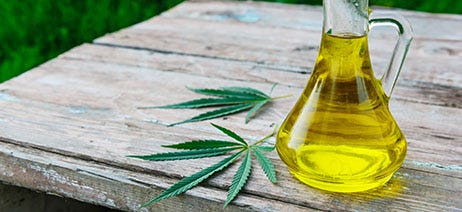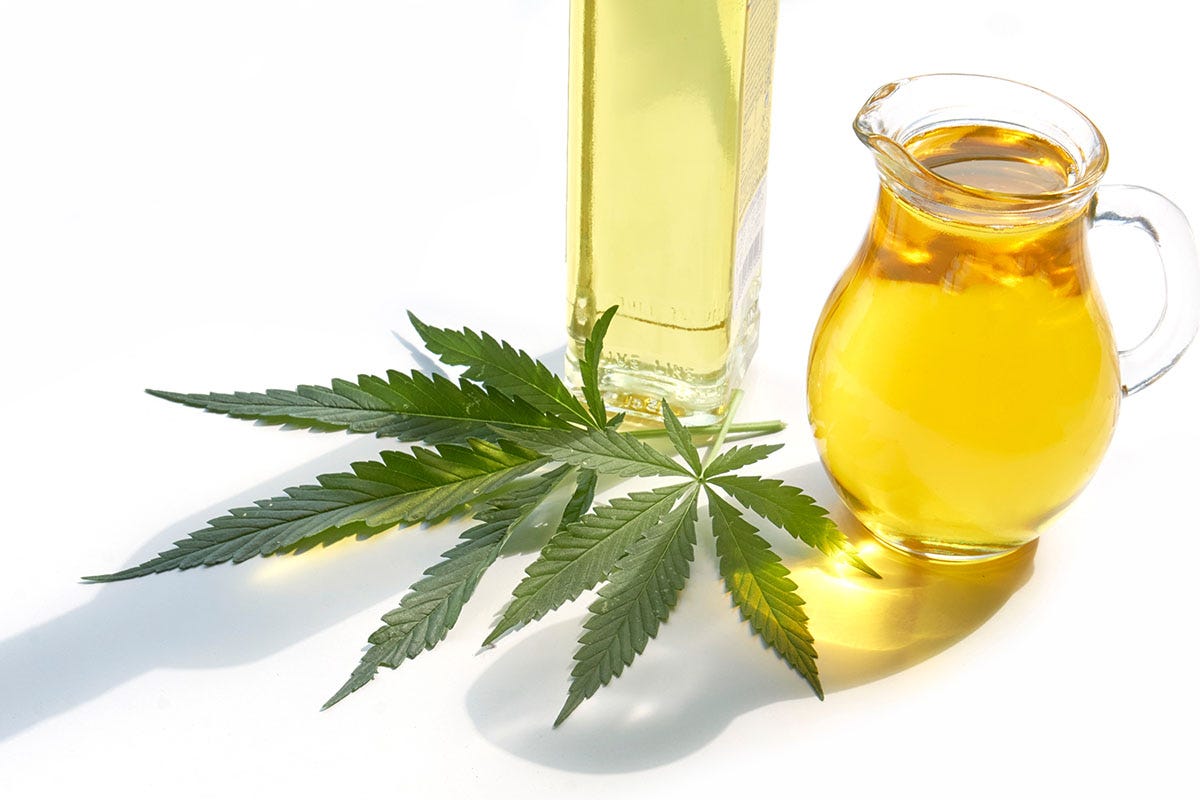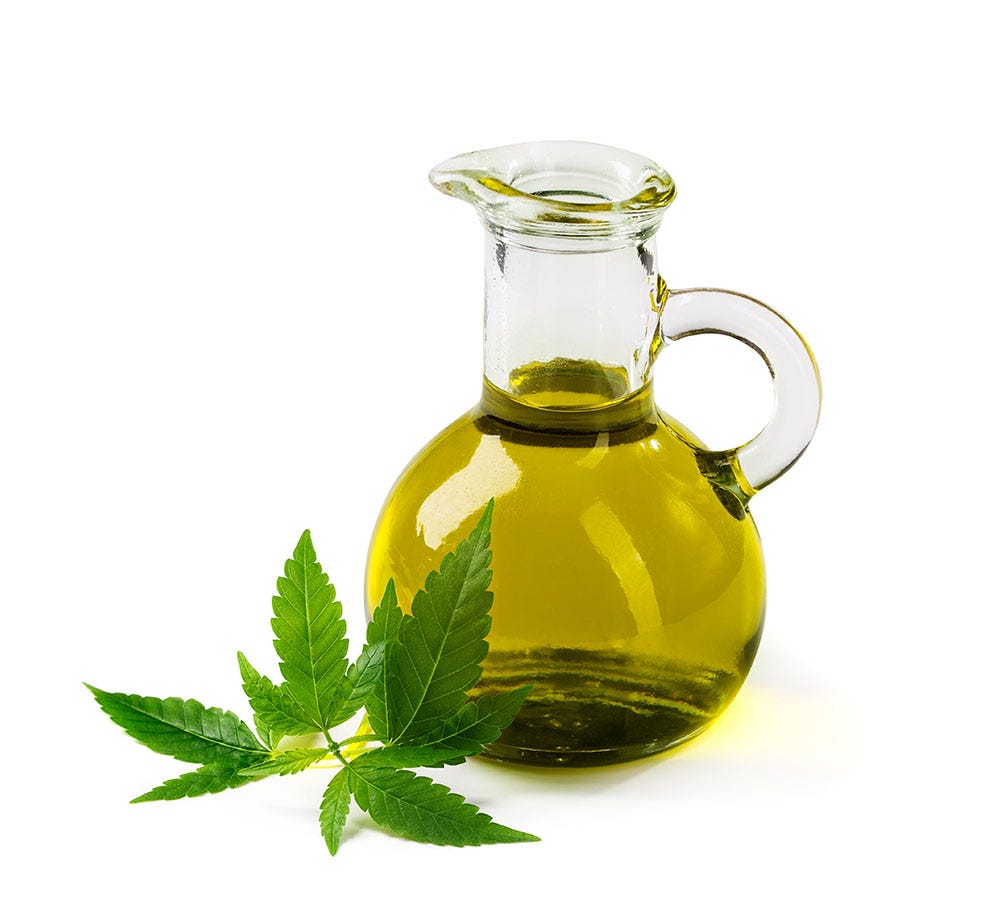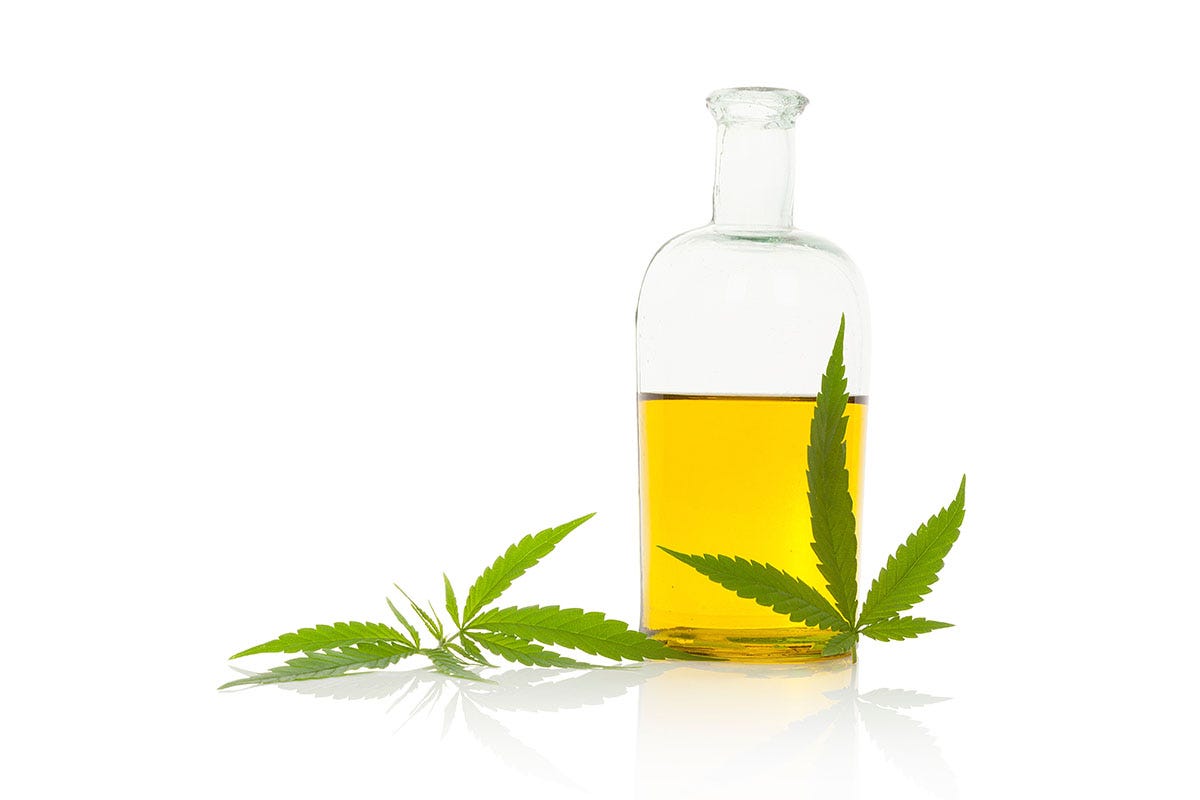
Canna-Oil: How to Make & Use Cannabis Cooking Oil
Whether you're a seasoned cannabis connoisseur or just getting into marijuana, canna-oil is a versatile and convenient way to incorporate cannabis into your favorite culinary creations. In this guide, we'll cover everything you need to know about making cannaoil at home, how to use it in your cooking, and even answer some common questions along the way.
What is Canna-Oil?
Canna-oil is a cannabis-infused oil that can be used in a wide variety of recipes to turn your favorite snacks, meals, and desserts into edibles.1 While canna-oil can be purchased from a dispensary, you can also make it at home by infusing a carrier oil with cannabis flower. This process extracts our favorite compounds such as cannabinoids and terpenes from the plant material and suspends them in the oil.
Because it comes from the marijuana plant, canna-oil is vegan and gluten-free, making it friendly to many dietary restrictions.


How to Choose Your Carrier Oil
When making canna-oil, it's crucial to choose the right carrier oil to achieve the desired flavor and consistency.2 Popular choices include olive oil, coconut oil, and vegetable oil, but many cannabis enthusiasts choose their oil based on flavor and smoke point. For instance, olive oil tends to have a unique flavor and a lower smoke point than avocado oil.3 Considering factors like taste, smoke point, and availability can help you choose the right carrier oil for your needs.
What You Need to Make Cannabis Oil
To make canna-oil at home, you'll need a few essential ingredients and tools. These are some of our preferred items:
- 1 cup of decarboxylated cannabis flower
- 1 cup of cooking oil
- Cheesecloth
- Double boiler
- Airtight glass container (for storage)


DIY Cannabis Cooking Oil Recipe in 5 Steps
Once you have the ingredients and tools you need, it’s time to get started. Here’s the easiest five-step method you can use to make your own canna-oil when you’re planning on cooking with cannabis:
Step 1: Decarboxylate the Flower
Before infusing the cannabis into oil, it's important to decarboxylate the flower. This process activates the cannabinoids in the flower. Without decarboxylation, you won’t feel any intoxicating effects from your cannabis.
The most common way to decarboxylate your cannabis is to preheat your oven, spread the ground cannabis on a baking sheet, and bake for a specific time and temperature.
Step 2: Prepare the Double Boiler
Set up a double boiler by placing a heat-resistant bowl over a pot of simmering water. The double boiler method ensures gentle and even heating, preventing the oil from burning or overheating.
Step 3: Add Cannabis
Add your chosen carrier oil to the heat-resistant bowl. Once heated, add your decarboxylated cannabis. Stir gently to evenly distribute the cannabis in the oil.2
Step 4: Heat
Allow the mixture to heat gently over low to medium heat for several hours, stirring occasionally. This process extracts the cannabinoids and terpenes from the cannabis and infuses them into the oil. Be careful not to let the oil boil or exceed its smoke point, and keep an eye on the water to ensure it doesn’t evaporate during cooking.2
Step 5: Strain & Store the Oil
Once the infusion process is complete, strain the oil using a fine-mesh strainer, cheesecloth, or a coffee filter. Squeeze out as much oil as possible while leaving behind any plant material. Store the infused oil in an airtight container in a cool, dark place to maintain its freshness and potency until you’re ready to make a cannabis oil recipe.2
How to Use Cannabis Cooking Oil
Cannabis cooking oil can be used in a wide range of recipes. Incorporate canna-oil into sautés, salad dressings, coffees, baked goods, or any recipe that calls for oil. Remember that the effects of ingested cannabis take longer to kick in compared to smoking or vaping, so give your endocannabinoid system plenty of time to activate before you consume more.4
Depending on the carrier oil you use, you can also use your canna-oil as a massage oil or even lubricant. Anywhere you can use oil, you can also use canna oil.4


How to Store Your Cannabis Oil
Creating canna-oil can be a time-consuming process that isn’t always inexpensive. Because of this, you want to make sure your canna-oil lasts as long as possible. The best way to preserve the quality of your canna-oil is to store it in an airtight container in a cool, dark place such as a pantry. Proper storage will help maintain potency so your fresh-made cannaoil lasts.5


Answering FAQs About Cannabis Cooking Oil
Got questions about how to make canna oil? We’ve got answers.
Should I use cannabutter or canna-oil?
The choice between canna-oil and cannabutter depends on personal preference and the specific recipe you're preparing. Canna-oil works well for recipes that require oil, while cannabutter is better suited for recipes that call for butter. Experiment and find the option that best suits your culinary needs.
Do I need to decarb the flower before adding it to the oil?
Yes, decarboxylation is a crucial step in the process of making canna-oil. It activates the cannabinoids and ensures that the oil will have the desired effects when consumed.
Is canna-oil the same as CBD oil?
No, canna-oil is not the same as CBD oil. Canna-oil contains a full spectrum of cannabinoids, including THC, while CBD oil is specifically derived from hemp and contains primarily cannabidiol (CBD), not THC. In order to experience the psychoactive effects we associate with marijuana, you’ll need a canna-oil that has THC in it.5


Making & Using Cannabis Cooking Oil
Canna-oil opens up a world of culinary possibilities, allowing you to infuse your favorite dishes with your favorite strain of cannabis. By following a few simple steps, you can create your own homemade canna-oil and enjoy. Of course, if you prefer not to make your own canna-oil, you can always find it or any premade marijuana edibles at your local dispensary.
Sources:
1. “How to make cannabis cooking oil,” Leafly, February 4, 2022, https://www.leafly.com/learn/consume/edibles/how-to-make-cannabis-cooking-oil
2. “A beginner's guide to making and dosing cannabis oil at home,” Business Insider, https://www.businessinsider.com/guides/kitchen/how-to-make-cannabis-oil
3. “The best oils to use for cooking, according to nutritionists,” NBC News, July 24, 2019, https://www.nbcnews.com/better/lifestyle/best-oils-use-your-cooking-according-nutritionists-ncna1032426
4. “Infuse Anything With This Simple Cannabis Coconut Oil Recipe,” Veriheal, November 12, 2024, https://www.veriheal.com/blog/infuse-anything-with-this-simple-cannabis-coconut-oil-recipe/
5. “How to make cannabis oil at home,” Leafwell, October 27, 2021, https://leafwell.com/blog/how-to-make-your-own-cannabis-infused-oil-canna-oil-cannabutter


